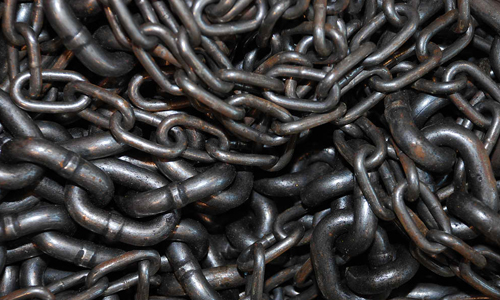Stamp: Volga Famine Relief - Black overprint & surcharge (Russia 1922)
Volga Famine Relief - Black overprint & surcharge (Russia 1922)
25 January (Russia ) within release To assist the populations affected by poor harvest goes into circulation Stamp Volga Famine Relief - Black overprint & surcharge face value 250+250 Russian ruble
| Stamp Volga Famine Relief - Black overprint & surcharge in catalogues | |
|---|---|
| Michel: | Mi: RU 170aK |
| Stamp Number: | Sn: RU B21a |
| Unificato: | Un: RU 158c |
Stamp is vertical format.
Inverted black overprintAlso in the issue To assist the populations affected by poor harvest:
- Stamp - Black overprints face value 100+100;
- Stamp - Yellow-orange overprints face value 250+250;
- Stamp - Volga Famine Relief - Red overprint & surcharge face value 100+100;
- Stamp - Volga Famine Relief - Black overprint & surcharge face value 100+100;
- Stamp - Volga Famine Relief - Black overprint & surcharge face value 100+100;
- Stamp - Volga Famine Relief - Black overprint & surcharge face value 100+100;
- Stamp - Volga Famine Relief - Black overprint & surcharge face value 250+250;
- Stamp - Volga Famine Relief - Black overprint & surcharge face value 250+250;
- Stamp - Volga Famine Relief - Blue overprint & surcharge face value 100+100;
- Stamp - Volga Famine Relief - Orange overprint & surcharge face value 250+250;
- Stamp - Volga Famine Relief - Orange overprint & surcharge face value 250+250;
Stamp Volga Famine Relief - Black overprint & surcharge it reflects the thematic directions:
A chain is a serial assembly of connected pieces, called links, typically made of metal, with an overall character similar to that of a rope in that it is flexible and curved in compression but linear, rigid, and load-bearing in tension. A chain may consist of two or more links. Chains can be classified by their design, which can be dictated by their use
help, especially in the form of money, given freely to people who are in need, for example because they are ill, poor, or have no home, and organizations that provide this help: She does a lot of work for charity.
A hand is a prehensile, multi-fingered organ located at the end of the forearm or forelimb of primates such as humans, chimpanzees, monkeys, and lemurs. A few other vertebrates such as the koala (which has two opposable thumbs on each "hand" and fingerprints remarkably similar to human fingerprints) are often described as having "hands" instead of paws on their front limbs. The raccoon is usually described as having "hands" though opposable thumbs are lacking.
A sword is an edged, bladed weapon intended for manual cutting or thrusting. Its blade, longer than a knife or dagger, is attached to a hilt and can be straight or curved. A thrusting sword tends to have a straighter blade with a pointed tip. A slashing sword is more likely to be curved and to have a sharpened cutting edge on one or both sides of the blade. Many swords are designed for both thrusting and slashing. The precise definition of a sword varies by historical epoch and geographic region.



